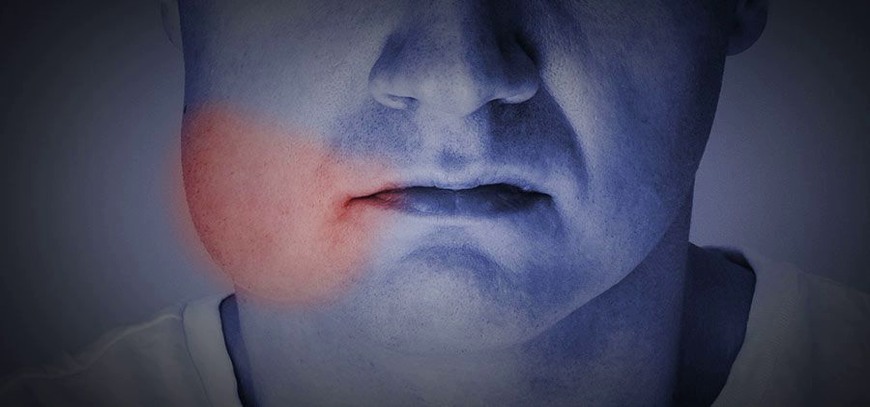Visible Swelling in the Mouth

An abscessed tooth is an infection caused by tooth decay, periodontal disease or a cracked tooth. These problems can let bacteria enter the pulp (the soft tissue of a tooth that contains nerves, blood vessels and connective tissue) and can lead to pulp death. When pus builds up at the root tip in the jaw bone, it forms a pus-pocket called an abscess. If the abscess is not treated, it can lead to a serious infection in the jaw bone, teeth and surrounding tissues.
Causes of dental abscess
Abscesses can form when the inside of your mouth is irritated and bacteria enters, causing an infection. The abscess forms around this infection as a barrier, stopping the infection from spreading.
A gum abscess is usually caused by an infection between the tooth and gum. This may occur as a result of food getting trapped or, in cases of severe periodontal disease, when bacteria build up under the gum and in the bone.
A tooth abscess appears at the tip of the tooth’s root and occurs when a tooth’s nerve is dead or dying.
Dental abscess treatment
f you think you have a tooth or gum abscess you should make an appointment with our dental professional.
Our dentist will clean the area around the abscess, perform abscess drainage to release trapped pus and treat the infection. Sometimes, a fistula develops in the mouth through bone and skin to allow pus to drain. If this hollow tunnel has developed as a result of your abscess, our dentist will clean this, allowing it to close up on its own.
When an infection has started inside the tooth, our dentist will need to make a small hole in the tooth. This allows the tooth abscess to drain. Root canal treatment and a filling or crown will be required following this procedure.
In cases where the abscess has caused damage to the tooth or is particularly large, you may need to have the tooth removed.
If your dental abscess is caused by periodontal disease, the disease will need to be treated to prevent further infection. However, our dentist can drain the abscess to alleviate pain.
If you have a toothache, it could be caused by dental problems such as tooth decay, a dental injury, a cracked tooth, a loose filling or a broken filling, inflammation of the pulp inside your tooth, receding gums or a dental abscess.
You can also have painful teeth if you have a sinus infection, a mouth ulcer or a problem with your jaw.
Treatment will depend on the cause of the toothache or swelling. It may include a filling, root canal therapy or a crown.
If you have gum disease, your dentist will recommend regular brushing and will remove any plaque.
Toothache sometimes starts very suddenly. It can cause pain and discomfort that ranges from mild to very severe. The pain may affect not only your tooth, but also your head, ear and jaw. The pain may be constant, throbbing, or it may come and go. If you have toothache, you may also have a:
swelling around your tooth and inside your mouth
swelling of your jaw and face
pain when chewing
bleeding from your tooth or gums
sensitivity to hot, cold or sweet food
